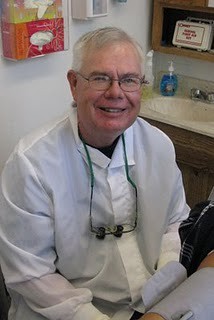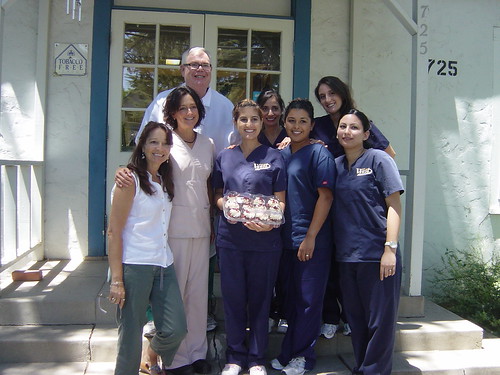It wasn't Dr. Lavonne Sawyer's first brush with the law regarding drugs and it wasn't just marijuana and alcohol.
A San Joaquin County dentist who was arrested on drug charges in 2008 is once again in trouble with the law.
Lavonne Sawyer, 53, was arrested in her Lodi home after police received a call about alleged drug activity there.
"When officers arrived, they found a half dozen teenagers under the influence of drugs and alcohol and Ms. Sawyer was home," said Officer Misty Springmeyer with the Lodi Police Department.
Police say Sawyer claimed to not be aware of the drugs in her home.
"She said she could not smell the marijuana because her nose was stuffed," Springmeyer said.
Sounds like a suspended dental license, rehab and many years of probation, if this dentist is ever to practice again.
Hope she gets some help, but she obviously should not be practicing dentistry.








